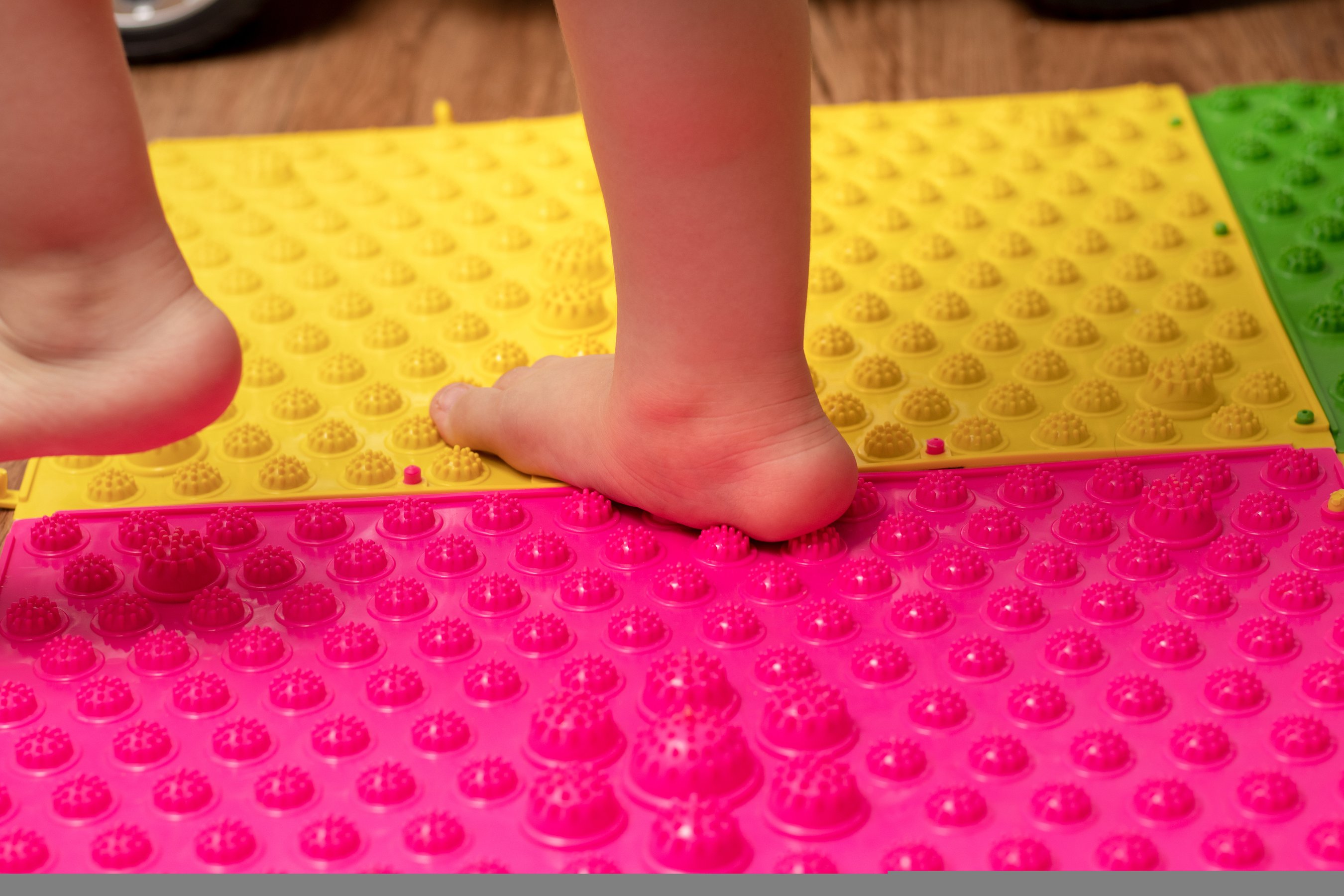
A question often presented by parents is “are flat feet in children normal” and will they “grow out of it.”
Lets take a closer look at this issue.
Arch height, by itself, is generally not a significant factor with respect to foot health. It is possible to have a low arch in a foot that is stable. Additionally, infants have a fat pad in the arches of their feet that creates the appearance of a flat foot.
The real issue is foot function. When the foot contacts the ground in walking, the foot rolls inward to absorb shock and allow the leg to rotate inward. That is known as pronation. Pronation is a normal motion but, when excessive, can cause problems.
After the foot contacts the ground and rolls in, it must roll out and arc up before one can push off on the foot. That is called supination or resupination. If a foot rolls in to much, it fails to reposition itself for pushing off or propulsion. That is where the problem is.
A foot that rolls in too much or is overpronated results in lowering of the arch of the foot so the foot looks flatter.
So the issue is not really flatness of the foot but overpronation that leads to flatness.
- Here is a good paper on the subject: https://www.ncbi.nlm.nih.gov/pmc/articles/PMC7026255/pdf/fped-08-00019.pdf
- Failure to treat children’s feet with overpronation can result in in permanent structural damage. See: https://www.hmpgloballearningnetwork.com/site/podiatry/case-study/pediatric-overpronation-treat-or-monitor
- That can lead to life long issues with posture. See: https://link.springer.com/article/10.1007/BF00844680
- Research confirms that flat feet lead to abnormal stress and compensations in movement: https://pubmed.ncbi.nlm.nih.gov/21323297/
The developing feet of infants and toddlers are flexible and pliable so the act of holding them straight and in the correct position can be accomplished with prescription custom foot orthotics. Such orthotics can provide pain relief and increase of function in adults but, when used in the developing foot, can result in decreased deformity, preventing the need for more aggressive treatment in the future. Experts agree that painful adult flat feet usually arise from pre-existing flat feet in children that were not treated.
Children often do not complain about foot pain because there bones, ligaments and tendons are soft and forgiving and because their body weight is low. They may, instead, complain if leg, knee and “growing” pains. Many begin to avoid physical activity and sports.
The good news is that early treatment is conservative via use of prescription foot orthotics, sometimes ankle-foot orthotics.
Overpronated, flat feet that have been left untreated may eventually require surgical treatment. See: https://childrensfootdoctor.net/services/flat-feet/
There is nothing more satisfying to us, as pediatric podiatrists, to provide early diagnosis and treatment of pediatric foot and ankle deformities to ensure a lifelong of good function without pain.

